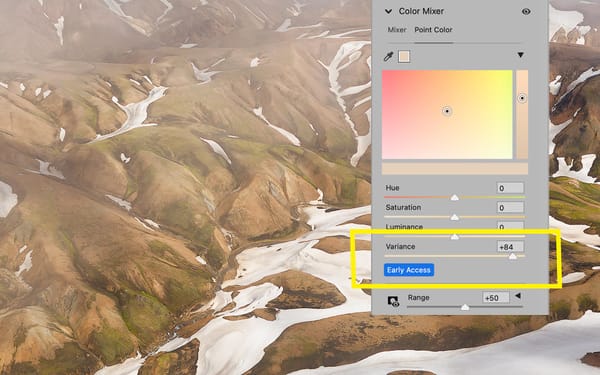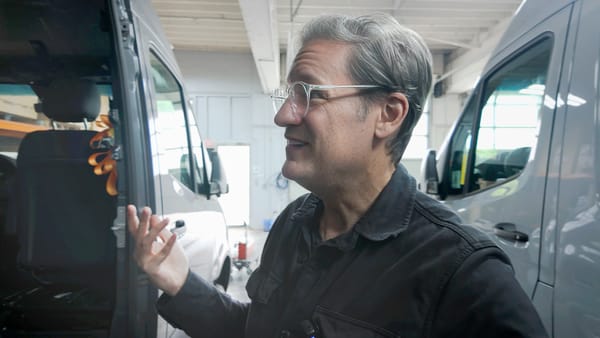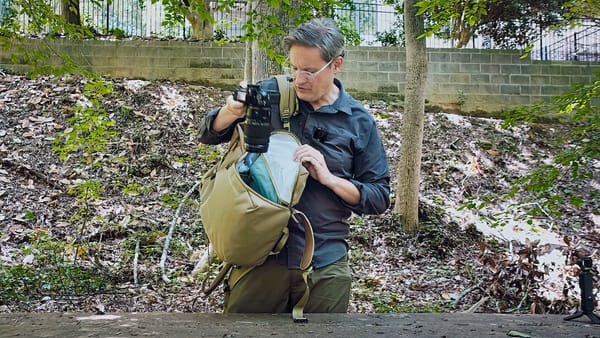10 things I’ve learned creating YouTube videos
I've made a ton of mistakes in a short period of time. Here's what I've learned to do differently in the future, and how you can improve your own videos.
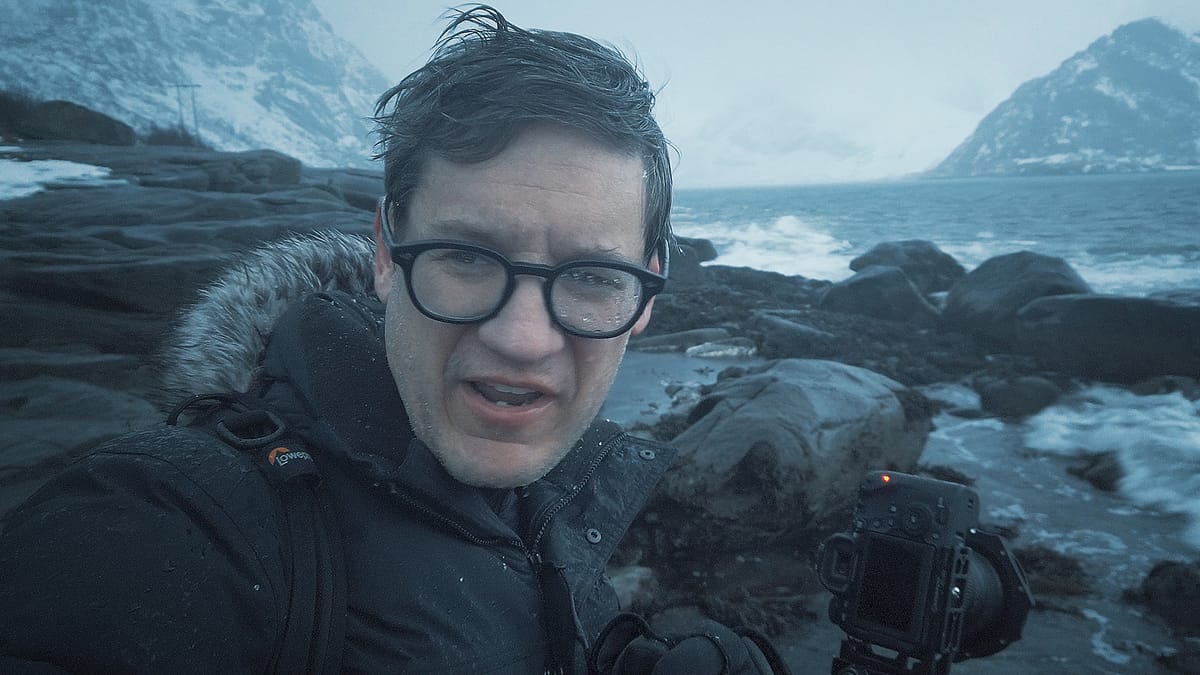
My recent journey into the world of creating video has been…well, let’s just call it a learning experience. I’ve screwed up. I’ve broken equipment. I’ve deleted hours of shoddy work.
It’s been awkward. Frustrating. Yet, exhilarating and new. I’ve always been interested in video, for it’s a sibling of sorts to photography, but have never taken up the challenge. And besides, aren’t there enough people in this world making videos?
But you know, this isn’t about what other people are doing, or how my work compares. Video is something I spend time creating for me, my family, and anyone out there who may share similar interests. It’s a learning experience, a creative outlet, and means of expression. I’m stumbling and fumbling my way through, but having a lot of fun trying, failing, and occasionally getting something right.
On the eve of my tenth video, here are ten things I’ve learned.
Viewing yourself on screen is awful (at first)
You know how weird it feels hearing an audio recording of your voice for the first time? Video is worse. Way worse. Unless you already make a habit of filming yourself, seeing and hearing “you” on screen the first time is super weird. You may notice strange body language habits you weren’t aware of, odd vocal tics, and words you overuse and repeat. It’s embarrassing. And painful. But in order to get better and improve, you have to watch yourself.
After nearly ten videos, I think I’m finally at a place where I can watch myself on screen without cringing too much.

Be you, plus ten percent
Boost your everyday personality an extra ten percent. (I wish I could remember where I first heard this idea and provide attribution, becasuse it’s brilliant.)
Video is like theater. Everything needs to be just a little more pronounced so the audience can see and understand what’s happening. Unless you happen to be a naturally theatrical person when speaking, give your voice and body language just a little more umph to maintain your audience’s attention.
That said, don’t go too far. Anything more than ten percent may be exhausting, inauthentic, and difficult to maintain.
General rule of thumb, just be you. Plus ten percent.
Take time to breathe, and know when to shut up
You know that thing when you get nervous or excited and one sentence just runs into the next because you keep dropping conjunctions like “and”, “but”, “yet” and “because” instead of planting your feet on the period at the end of a sentence?
Yeah, I do that.
It’s a natural attempt at keeping an audience engaged, for if you never stop or slow down your audience won’t nod off or stop paying attention, right? Wrong. Run-on sentences aren’t good, for all those conjunctions make your thoughts hard to follow. For video, they also make your dialogue super difficult to edit.
Slow down, pause, and give your audience a chance to digest what you just said before moving on. Also, know when to shut up and let the ambient sound of your environment tell the story. Some of my favorites videos are ones without me talking at all.
Capture more video than you need
To tell a complete story, you need a lot of footage. I’ve come to realize that b-roll is one of the most important ingredients in travel video. B-roll injects variety, eases fatigue (so people aren’t always looking at your ugly mug), and enhances your story. I never seem to capture enough. For that reason, I’ve started carrying around a DJI Osmo Pocket so I can quickly film anything of interest without stopping to open my camera bag.
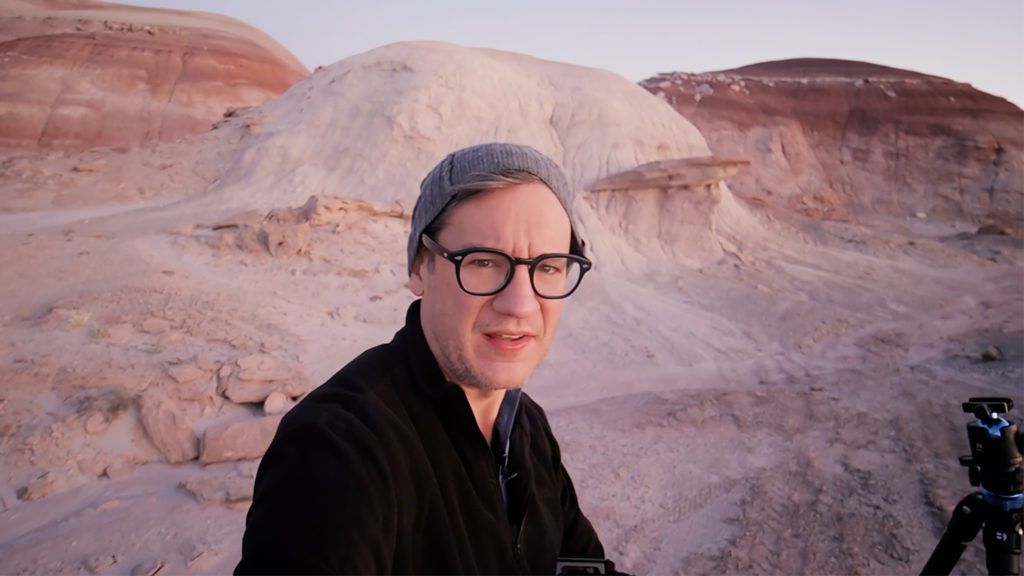
Hold your shots
Every time you think you’ve “got the shot”, keep recording a few seconds longer. You might need that extra footage in post, especially when editing to the beat of a soundtrack.
Always bring a second tripod
Shooting yourself with a second tripod is a pain. It’s yet another thing to carry, you’re constantly backtracking, and other people may think you’re nuts. All that said, a second tripod makes a huge difference when telling your story. If you only film yourself while holding a camera, your audience won’t get an adequate sense of place only looking over your shoulder. A second tripod fills the gaps and helps the audience feel like they’re along for the ride.
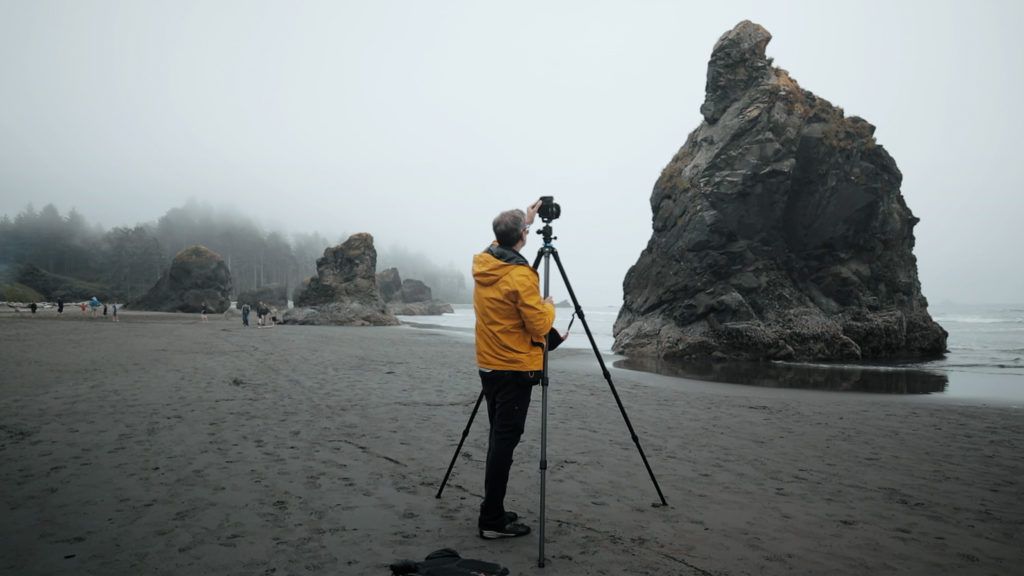
Shoot multiple intros and outros
As they say, films are created in the edit. I’m not creating motion pictures by any stretch of the imagination, but the same logic applies. You may think you know how your story is going to unfold when filming, but you don’t. Later while editing, you might look at your footage and realize that Day 3 would be a more engaging starting point than Day 1.
You also don’t always know where your videos are going to start and end, so it helps to record multiple intros and outros. General rule of thumb, record both at each new location you visit. That way you can change the order of your story while editing.
Test your audio levels
I recently had to scrap an entire video from Iceland because the audio was awful. The gain on my mic was too high, which caused my voice to sound crunchy and distorted. Since then, I’ve always made the effort to test audio levels to ensure they’re correct (eg, -12db).
Visualize shots before flying a drone
I love flying my Mavic 2 Pro for establishing shots and b-roll. It does an amazing job at capturing stunning video footage and still photographs as well. That said, I’ve made the mistake multiple times of getting in a hurry and putting my drone in the air before knowing what I want to do with it. All that aimless flying eats batteries, and by the time you find something, the drone has to land. Lesson learned, pre-visualize your subject and movement prior to liftoff.
Don’t take it too seriously!
Being a lifelong designer (both as a contributor and leader), I’ve always strived for perfection. I’ve restarted projects, nit-picked seemingly unimportant details, and driven myself (and some people around me) crazy trying to make something as good as it can be.
But there’s a point at which that effort and attention to detail impedes progress, and you have to learn how to eat your mistakes, accept imperfections, and move on to the next round. It helps to keep your eye on the long game and focus on what matters: sustained progress over time through a series of incremental wins. Instead of beating yourself up over how poor something turned out, unpack what went wrong, learn from the experience, and make an effort to fix it the next go around.
